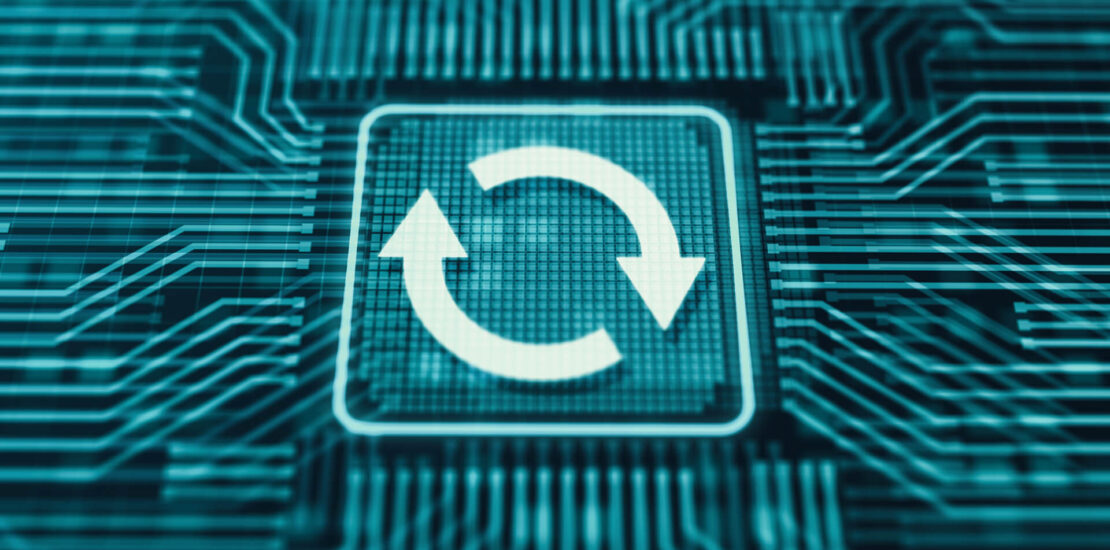The complexities of cybersecurity update processes
- November 4, 2024
- Posted by: claudia
- Categories:

The article discusses the critical nature of software updates in the cybersecurity landscape, emphasizing the balance that cybersecurity firms must maintain between the rapid deployment of updates and ensuring that these updates do not disrupt existing systems. A recent incident involving a problematic software update from CrowdStrike has drawn attention to the significant consequences that can arise when an update process fails, including widespread system failures characterized by “blue screens of death.”
Cybersecurity operates at a fast pace, with malicious actors constantly developing new attack methods that necessitate immediate responses from security companies. The industry strives to detect, protect, and respond to threats with urgency, but this often complicates the update process. Effective update protocols typically involve rigorous testing procedures, including automated environments that simulate various operating systems and configurations. Human oversight and independent testing from third-party vendors are also crucial to ensure compatibility and avoid major outages.
However, the inherent need for speed in cybersecurity can result in challenges. A theoretically ideal process would involve thorough testing and a staggered rollout of updates to mitigate risk. In reality, the urgency of responding to threats often necessitates immediate action, which can lead to unforeseen failures, as evidenced by the current troubles faced by CrowdStrike. This situation underscores that failures typically arise from a convergence of unfortunate conditions rather than vendor incompetence, although one must also consider the rare possibility of malicious tampering, which, in this case, does not seem to be a factor.
From this incident, several lessons can be drawn. Firstly, the scenario prompts a reassessment of update processes across the cybersecurity industry to identify potential vulnerabilities and enhance resilience against future problems. The article indicates that as cybersecurity firms attain significant market shares, their widespread adoption of similar technologies can lead to a semi-monoculture, where one vendor’s issue can have widespread repercussions.
Cybersecurity professionals often reference concepts like “defense in depth” and “layers of defense,” which advocate for a diverse use of technologies and multiple vendors to enhance protection against attacks. This approach not only helps in mitigating risks but also builds resilience within systems.
Ultimately, the article cautions against shifting blame away from the true culprits of these cybersecurity challenges, namely cybercriminals and state-sponsored attackers. It stresses that the existence of these threats underscores the necessity for real-time protection efforts within the industry. Without ongoing threats, the demand for cybersecurity would be significantly reduced, highlighting the perpetual battle between cyber defense and malevolent actors.
